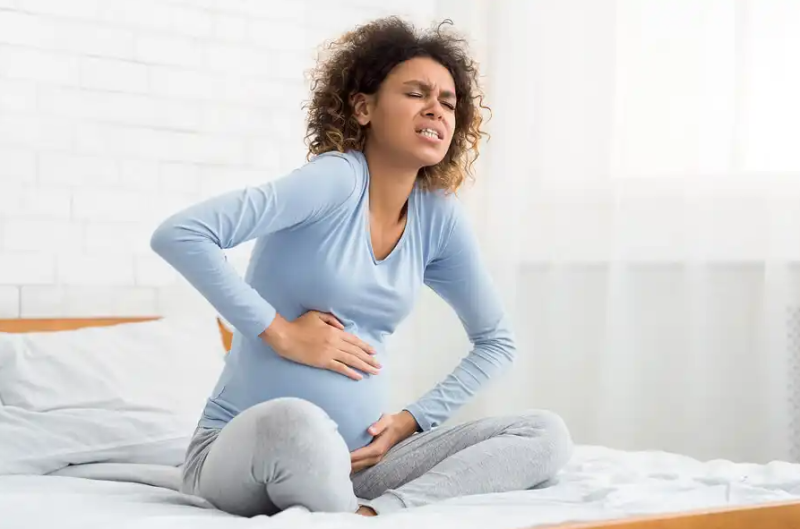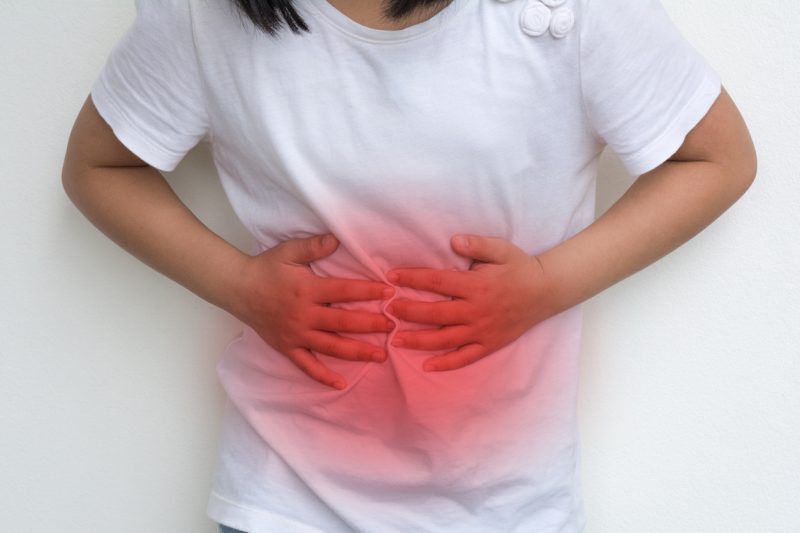
You will surely have felt discomfort in the lower abdomen if you are a woman. Sometimes this symptom is confused with “ovarian pain.” However, this term is not scientifically correct since the ovaries are not sensitive organs.
Therefore, the pain from this region is simply a reflection caused by some imbalance or affectation in an area or organ close to the ovaries.
According to some scientific studies, abdominal and pelvic pain is one of the most frequent consultations in gynecological offices and cases of hospitalization.
Among the most frequent causes of this condition, we find:
- cysts
- Ovulation.
- Endometriosis.
- Sexually transmitted diseases (STDs).
Sometimes it may not be anything serious. However, pain in this area may be caused by a more significant problem.
Contents
Symptoms and preventive measures
To identify the root of the pain, factors such as:
- Recent surgeries.
- Start and location.
- How the pain travels through the area.
- Changes in urination or defecation of the organism.
- Menstrual periods and presence of flow or bleeding.
It is preferable to keep a daily record of symptoms. This information will be beneficial when going to the doctor and receiving a diagnosis.
Causes of pelvic and abdominal pain
Here are some of the reasons why ovarian pain can occur.
Important note: remember that this information is indicative and is in no way a substitute for consulting your doctor.
During pregnancy
 Pains and contractions in the abdomen are joint during pregnancy. However, to avoid more significant risks, you must go to the doctor immediately in case of presenting:
Pains and contractions in the abdomen are joint during pregnancy. However, to avoid more significant risks, you must go to the doctor immediately in case of presenting:
- Fever.
- Dizziness.
- Hemorrhages.
- Nausea or vomiting.
- Unusual vaginal discharge.
Acute infections
The so-called ovarian pain could be the product of labor, a cesarean section,, or a combination of normal vaginal bacteria.
On the other hand, it could be due to an infection, such as chlamydia, gonorrhea, or tuberculosis, or other health problems, such as an ovarian tube abscess, pelvic inflammatory disease, peritonitis, perihepatitis, or ovarian cancer.
Adnexal disorders
The following anomalies can trigger pain in this area:
- Fluid concentrations in the ovary.
- Cysts or their rupture or the rotation of the ovary.
- One or both tubes around your suspensory ligament (ovarian torsion).
Recurring pain
It usually occurs before or just during ovulation, when the egg is released from the ovaries. This pain is known as intermenstrual pelvic pain.
Likewise, it may be caused by dysmenorrhea, that is, they are produced by menstruation.
Painful menstrual periods are called “ dysmenorrhea.” This pain is usually caused by contractions in the uterus, which are caused by prostaglandins. It can also be accompanied by other painful symptoms, such as:
- Fatigue.
- Diarrhea.
- Dizziness.
- Vomiting
- nausea.
- Weakness.
- Headache.
- Back pain.
- Leg pain.
Gastrointestinal disorders

Gastrointestinal problems have to do with causes related to the malfunction or alteration of an organ in the digestive system. Among other reasons, it may be due to:
- Appendicitis.
- Stomach flu.
- Intestinal obstruction.
- Irritable bowel syndrome.
Genitourinary causes
Problems related to the genital and urinary systems, together, could be another cause of so-called ovarian pain.
- The pain may come from a lower urinary tract or bladder infection ( cystitis ). It is due to continuous contraction during urination.
- It can also be due to pyelonephritis—an acute upper urinary tract infection through the ureters that connect the kidneys to the bladder.
- Another possibility is renal lithiasis. Calculi or stones inside the kidneys or urinary tract characterize it.
Musculoskeletal reasons
The pain may occur due to some hematoma in the abdominal wall. This type of injury can appear from falls, accidents, or blows. Pain in the abdominal area can also arise from an inguinal hernia. In these cases, the abdominal wall is weak.
Therefore, it ruptures, and the small intestine or some other organ in the area protrudes through the hole in the groin canal.
Recommendations

Pelvic pain carries certain complications. Since it is difficult to diagnose. A deep multidisciplinary analysis is needed to determine its causes and adequate and timely treatment.
Likewise, its diagnosis requires prompt attention since the delay in the procedure can have fatal consequences for the patient.
Therefore, if you suffer from ovarian pain, you should consult a doctor or specialist urgently.